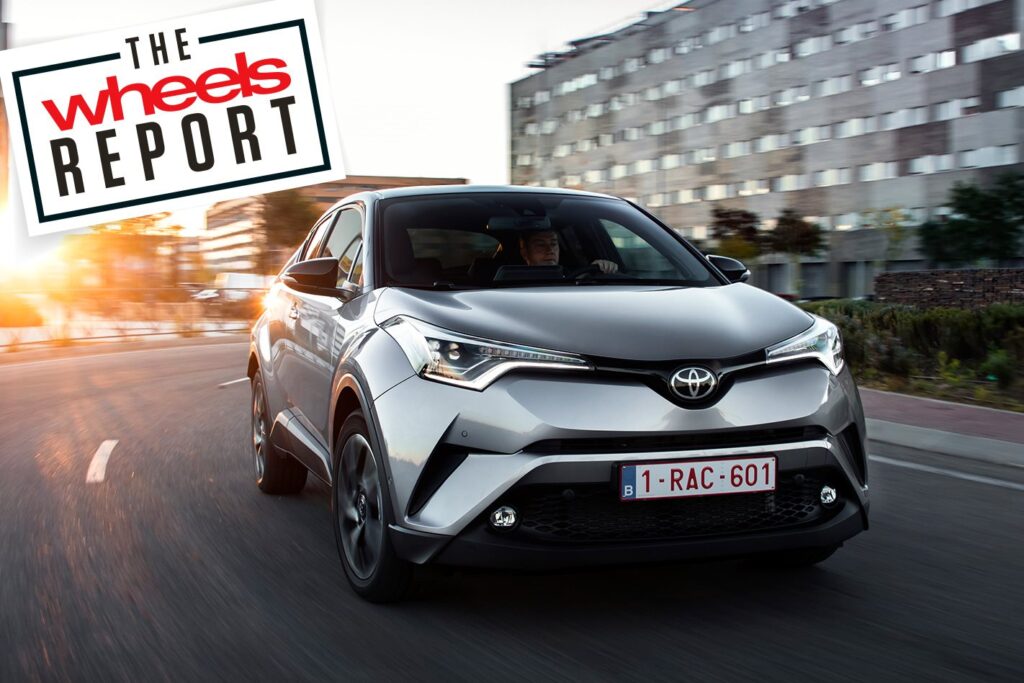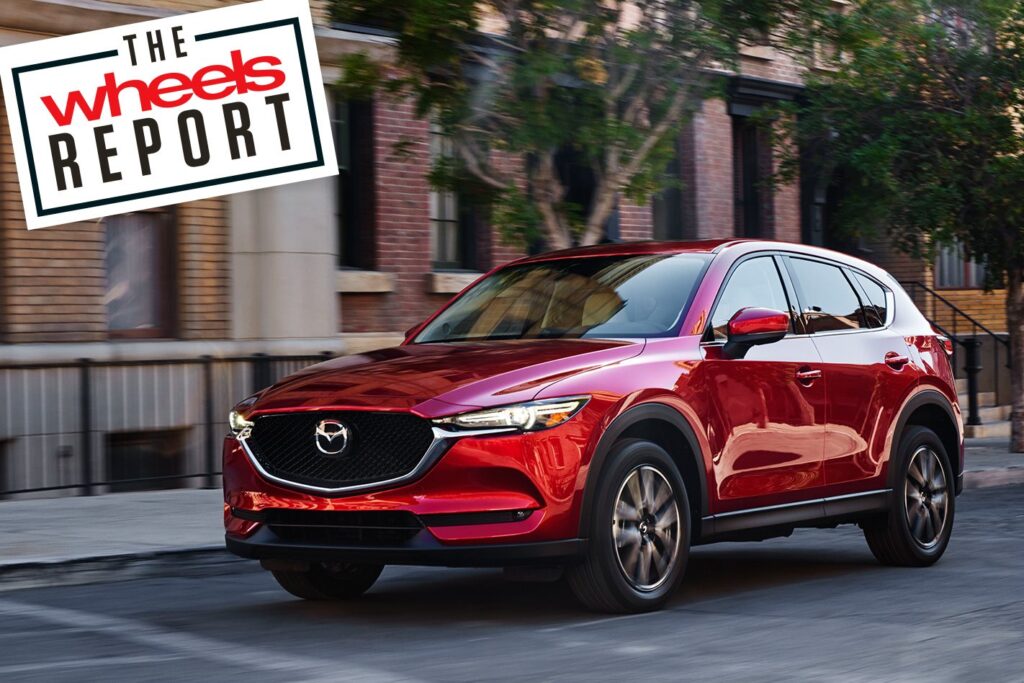With Mazda and Hyundai snapping away at its rear bumper there’s a very real chance the brand will drop to number four in the sales race – unchartered territory for the former dominant player.
RESULTS
Not reaching its potential. With little in the way of new – or at least refreshed – metal that will bring significant volume, and competitors years ahead in their plans and transformations, 2015 is not shaping up to be a great year for Holden. With Mazda and Hyundai snapping away at its rear bumper there’s a very real chance the brand will drop to number four in the sales race – unchartered territory for the former dominant player.
Rank: 2nd Sales*: 90,491 (-2.1%) 2014 sales forecast: 106,000 Wheels prediction for 2015: 4th *To end of October
YOU have to go back to 2002 to find when Holden last led the market, boasting 178,000 sales and a massive 21.6 percent market share. At the time it targeted a 25 percent share on the back of a new-model influx that was to include the born-again Monaro and the company’s inaugural locally produced SUV, the Adventra.
At the time Holden was selling more than 100,000 Commodore derivatives a year – that’s more locally produced cars than it will sell across its whole 15-model line-up this year.
These days, dreams of a 25 percent market share remain just that. In 2013 the company dipped below 10 percent share for the first time in its history.
The unexpected drop in the large-car market that took hold around 2004 has made life extremely tough for Holden. The billion-dollar-plus VE Commodore slated for 2006 was burdened with big expectations, some of which included exports and playing a part in the broader GM world with a modular rear-drive platform.
Then the GFC hit and GM was thrown into turmoil that even today it is struggling to recover from.
Throw in import tariff reductions (from 15 percent to 10 percent in 2005 and from 10 percent to 5 percent in 2010) and imports were suddenly cheaper, making the Commodore less attractive.
Holden’s sales slide was exacerbated by a switch from its European-sourced Opels (Barina, Astra and Vectra) to Korean-sourced Daewoos that had nothing like the driving dynamics, perception of quality and upmarket feel that people were programmed to expect from smaller Holdens.
Even today, Holden’s product portfolio is a predominantly Daewoo-sourced and off the pace of most rivals, with the occasional exception such as the Commodore that’s helped bolster sales since the VF arrived in mid-2013.
OPPORTUNITIES
IT’S a case of back to the future for Holden in 2015. Having shunned European cars on the basis of poor exchange rates, the company is reinstating a former nameplate darling, the Astra, to boost its small-car ranks.
Initially offered as a sporty GT (with a 1.6-litre turbo) and a flagship VXR (with a 2.0 turbo) Astra promises to add some refined sizzle to the brand’s bland imported line-up.
Those Astras have the potential to cannibalise sales of the locally produced Cruze small car, but with a planned 2017 manufacturing shutdown, executives appear keen to look beyond the short-term pain. Astra last sold here with a Holden badge in 2010, but briefly reappeared wearing a different badge in the shortlived Opel showrooms. In the not too distant future there will likely be a return of more affordable Astras.
Holden says more than one third of its future sales will be sourced from Europe; perhaps frustratingly for the brand the exchange rate is heading the wrong way, potentially making the business case harder – as it was a decade ago.
In 2015 Holden will also look to Europe for the Astra-based Cascada convertible as well as the Insignia, the next generation of which is likely to be the car that partially replaces the Commodore as Holden’s mainstream large car.
There will also be movement with existing models, with the Captiva 7 expected to get another facelift.
The much anticipated update to the Commodore – the last one before local production ceases towards the end of 2017 – should poke its head up before the end of the year.
The Cruze is also expected to get a decent facelift to help it keep pace with fast moving small rivals.
CHALLENGES
HOLDEN is not in a happy headspace, as witnessed by the sudden exit of its shortlived boss, Gerry Dorizas. The instability and the realisation that there’s not much in the way of fresh metal to tackle the new-model onslaught expected from rivals means Holden’s biggest challenge will be maintaining its place near the top of the strongest-selling brands.
The yet-to-be-announced new boss has a massive task to get the dealers back on side and rally the troops at the brand’s Port Melbourne HQ before taking on the bigger task of fleshing out the product portfolio – none one of which is conducive to growing sales in the short term.
One potential shining light is the imminent free trade agreement with Korea, which would allow for sharper pricing and/or more features on a large chunk of the Holden range – Barina, Barina Spark, Trax, Captiva and Malibu.
But it’s the external attacks that could hit hardest. Arch rival Ford is ready to unleash a barrage of new models, while Mazda, Toyota, Honda and others all have significant new arrivals throughout 2015. Throw in the ambition of Hyundai and Kia and the renewed focus from Nissan, and Holden is staring in the face of what will be a challenging year.
Oh yeah, then there’s the behemoth task bubbling away in the background of winding down two of the biggest production facilities in the country – the Port Melbourne engine plant and the South Australian production line.
The bold plan of returning to the top sales spot by 2020 seems like a distant and somewhat unachievable dream. The first step is to maintain the number two spot and improve the model line-up; even that appears a monumental task.





